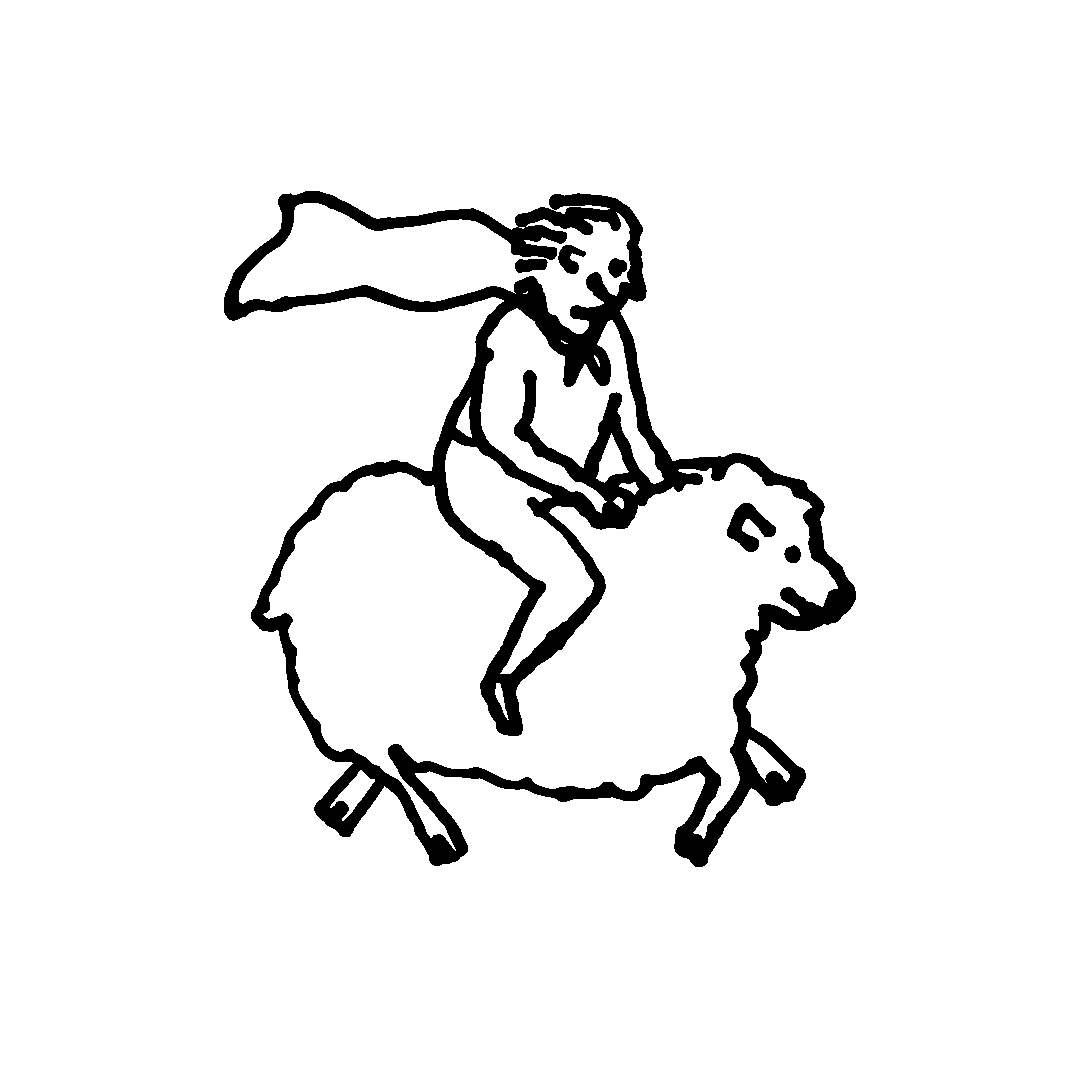The Harder, Slower Path
Why we choose nature-based solutions — and what they demand of us.
In climate discourse, the loudest solutions are often the sleekest: optimised, digitised, built to scale. But some of the most meaningful interventions happen off the spreadsheet — in soil, in wetlands, in living systems that don’t perform on command.
This piece reflects on why nature-based solutions matter not because they’re easy or quantifiable, but because they’re slow, local and rooted in relationship.
At Sheep Inc., this belief underpins our support for regenerative farming: we’ve chosen the harder path — not for virtue, but because it’s the only one with integrity.
We live in an age that adores abstraction. Where carbon is traded like currency, and impact is plotted on pixelated dashboards. Where solutions are scalable, measurable, frictionless. If not in reality, then at least in pitch decks.
And yet, beneath the metrics, the land is still there.
Weathered by use.
Unconcerned with our net-zero plans.
The climate doesn’t speak in graphs.
It speaks in drought, in flood, in ecological collapse.
And increasingly, something is shifting.
Nature-based solutions are making their way back into the conversation.
Not because they’re new — they are ancient.
Not because they’re perfect — they are wildly imperfect.
But because something in us, and around us, is tiring of the frictionless fiction.













